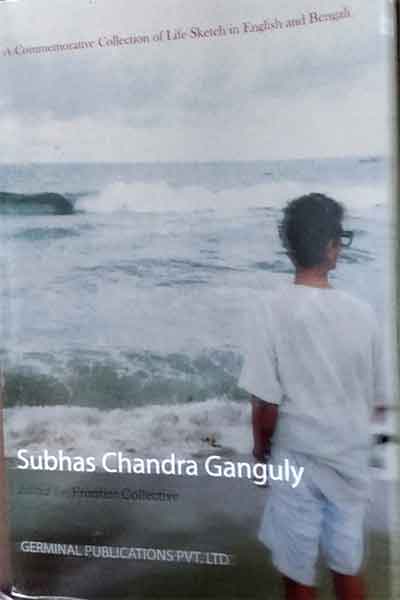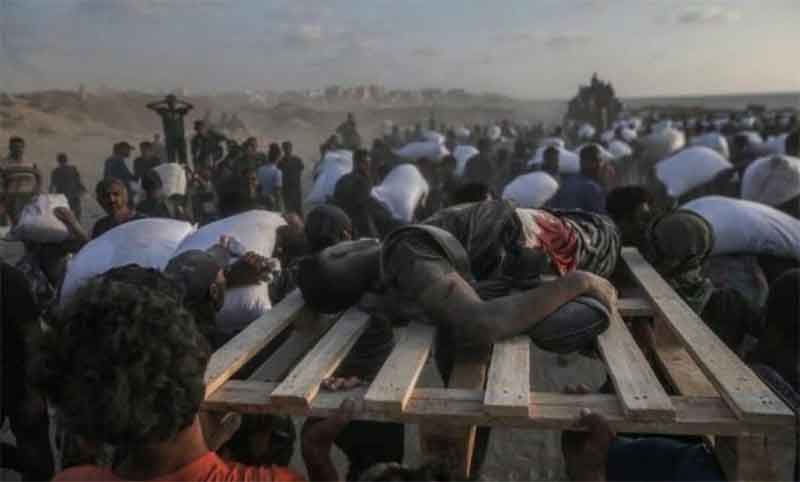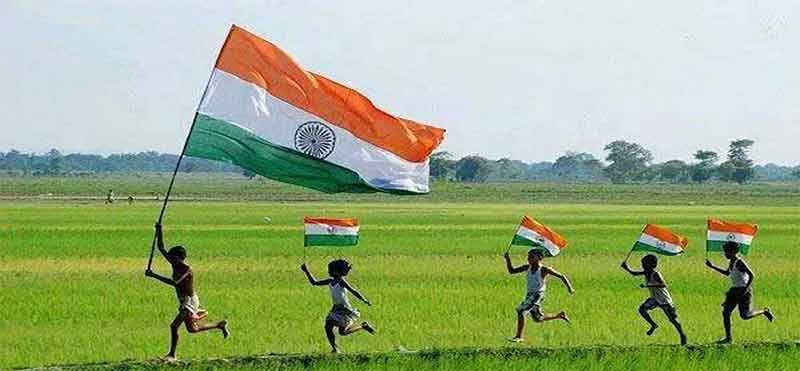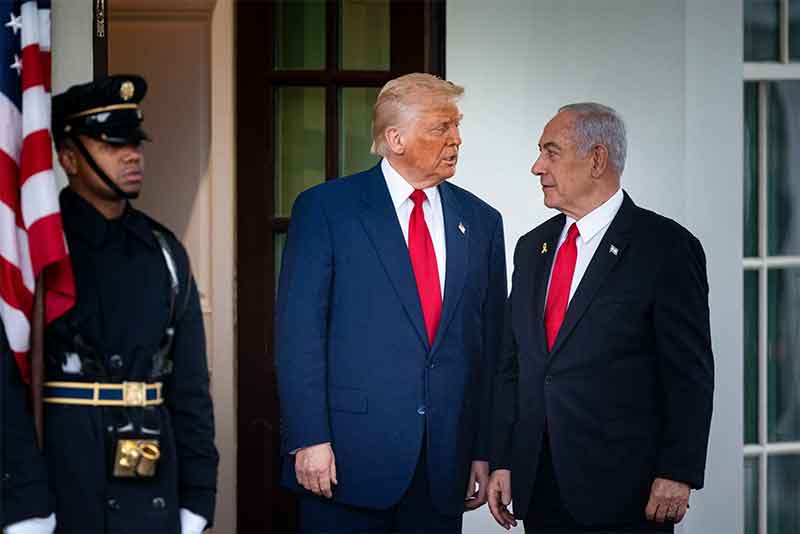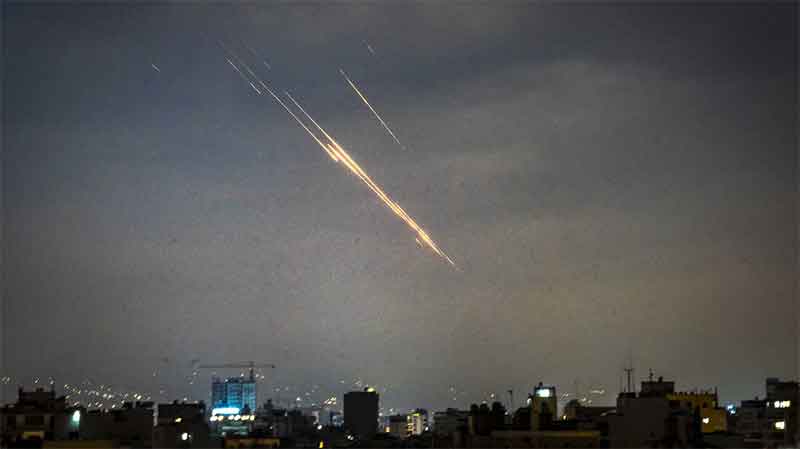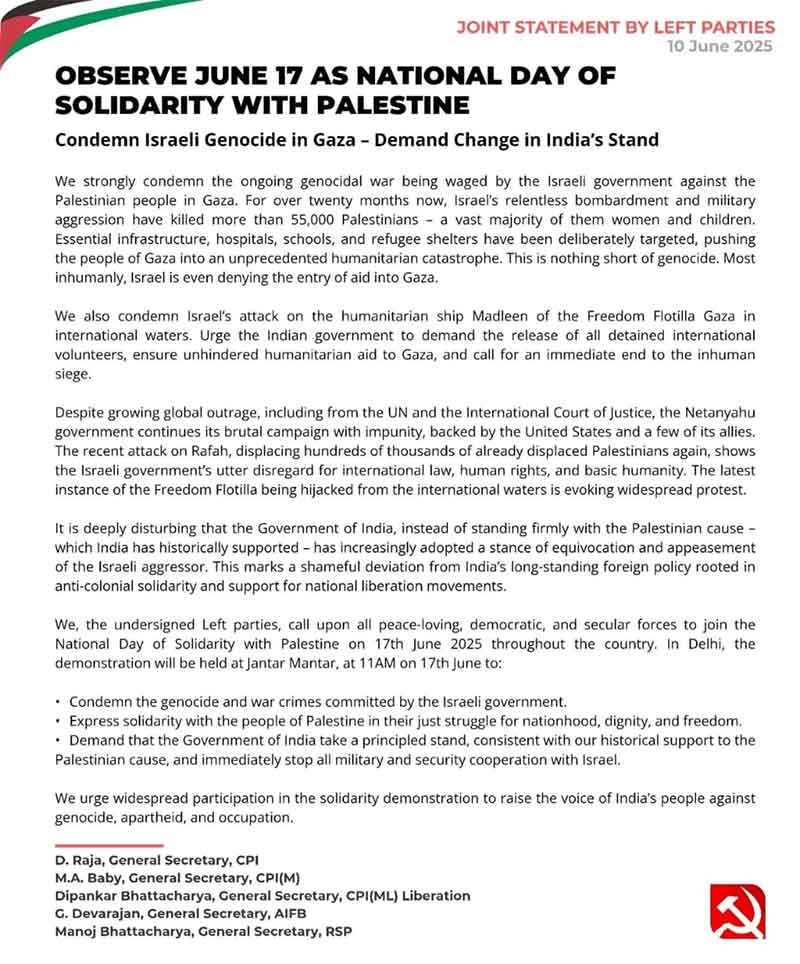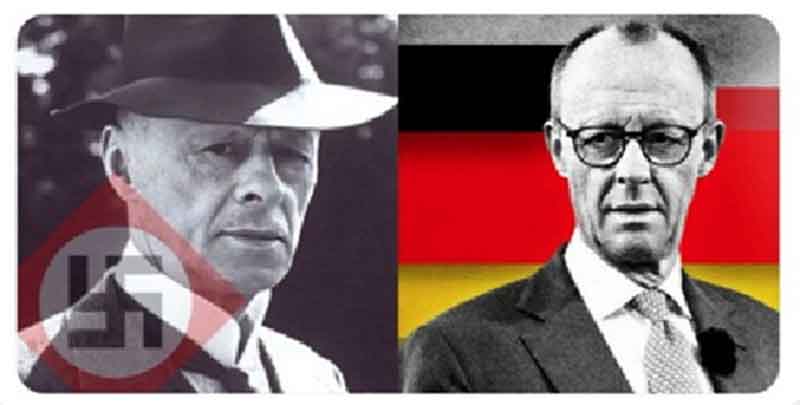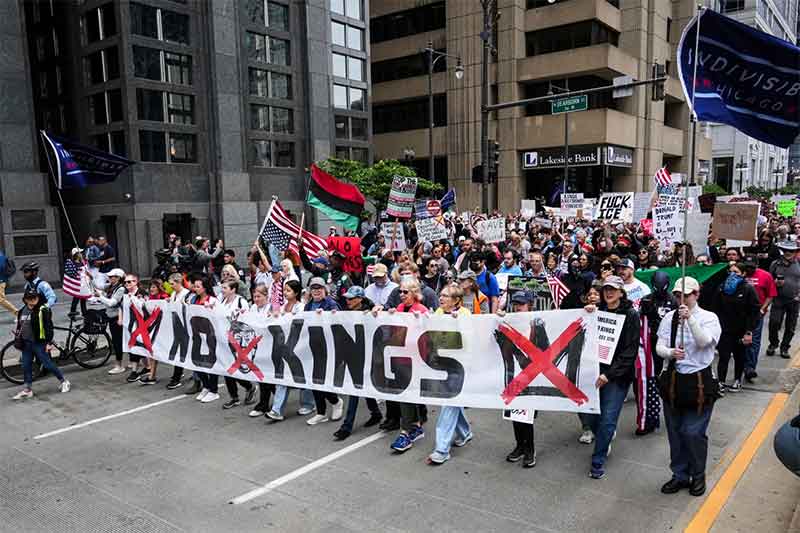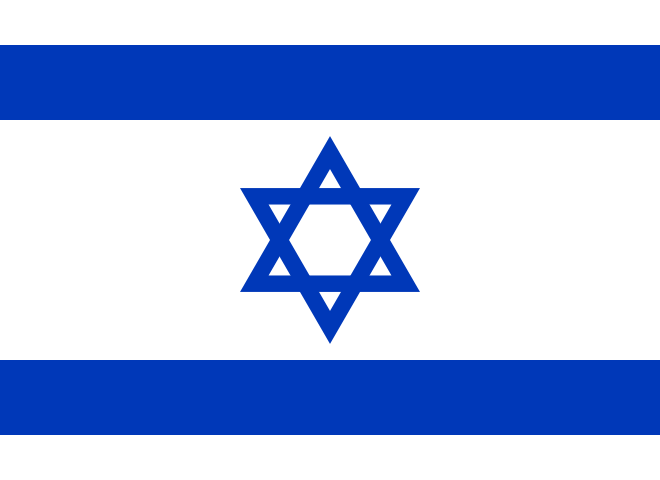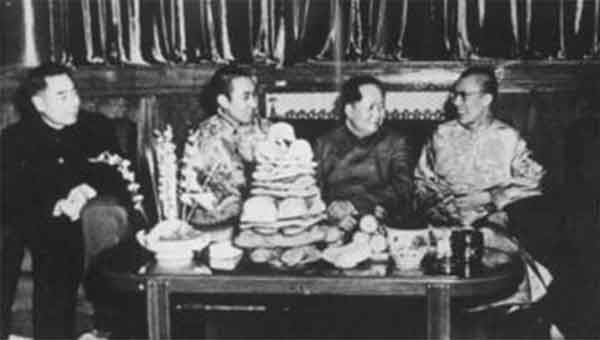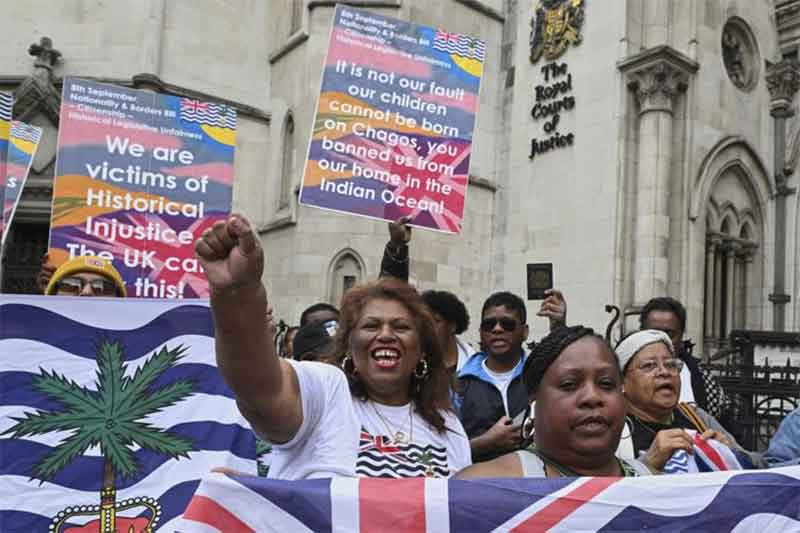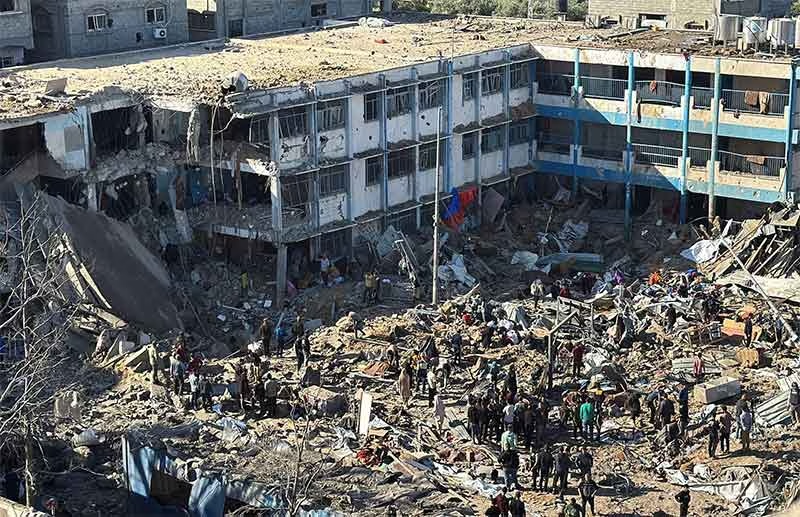Mr Ram Naik’s autobiography is an important tool to understand the huge transformation of the BJP from a party built by ordinary selfless people to a party dominated by big business. The former railway and petroleum minister does not say this but if one analyses it all becomes so clear..
In 1960, Mr Naik, the middle class, office going activist built one of the earliest cooperative housing society buildings in Mumbai’s suburb. The Jana Sangh then was basically a middle class party. ,. Contrast this with the the main face of the party now in the city , Mr Mangal Prabhat Lodha, the high profile big builder, state minister and the city party’s former president.
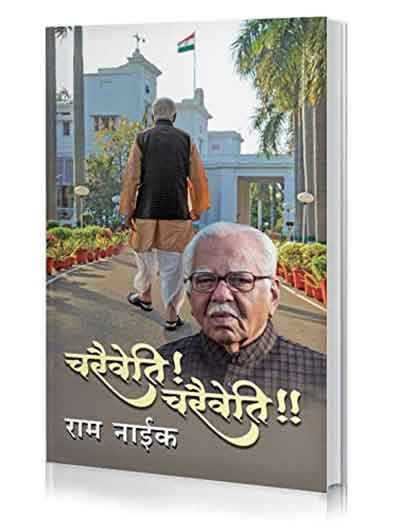
Mr Naik writes about the friendly relations he and other leaders in Mumbai in the BJP had with leaders of other parties. As one looks at the current trend in the party to crush the Congress, one notices the change. One needs to clarify that he writes in a matter of fact in the Marathi autobiography Charaiveti, Charaiveti. It has been translated into 13 languages including Urdu. The conclusions drawn are mine, based on my own experience, as a journalist I have seen the change in the BJP, I have covered legislative proceedings from 1978 when Naik became MLA first time and then he had two more terms in the assembly and five in the Lok Sabha.
I also knew Mr Naik earlier through my Times of India journalist colleague Shrikrishna Shidore who worked closely with Mr Naik in the Goregaon Pravasi Sangh, a pioneer organisation of suburban rail commuters . If it has old records it would be so interesting to read them now to trace the changes.
As the president of the Mumbai unit of the BJP, he was invited for an Idd prayer at Azad Maidan, he wore the skull cap , without any hesitation, that was offered to him. Some of his opponents tried to exploit this by writing to the weekly Organiser which was and is close to the party.
The current trend in some quarters in the BJP now is to punish people who did not vote for the party. In Mr Naik’s first election to the legislative assembly he got very few votes in the leprosy colony and was disappointed but subsequently did so much work for them, took a delegation of leprosy patients to Mantralaya,, they were stopped at the gate but Mr Naik spoke to chief minister Vasantdada Patil, he asked them to be brought in and the leprosy patients could meet the c.m..
In 1980 when Mr Naik was the president of the Janata party in Mumbai, the party won five of the six seats much against the Congress wave. Murli Deora was then the city congress president, he retained the position for many years subsequently despite a string of electoral defeats of the party. He had come up the hard way but was subsequently very cosy with moneybags, he would always be busy playing bridge. But he was very friendly with the media, never failed to say – come and have lunch with me. And he was known for his lunches at the CCI.
Surprising there is hardly any book that one can recall on the Mumbai Congress. One on Murli would have been interesting, his wife Hema did bring out one but of photographs mainly for only for private circulation which is so odd for a public personality.
There are enough books on the Shiv Sena, almost from the seventies as also on Bal Thackeray, Manohar Joshi and even on Uddhav.
Mumbai communists have generated a number of books over decades starting from S.A. Dange and there was one even by his wife Usha tai Dange.
Subscribe to Our Newsletter
Get the latest CounterCurrents updates delivered straight to your inbox.
Mr Naik’s book is also interesting to understand Mumbai’s history, its poverty. In the 1980s, he visited a site on Gorai road in his assembly constituency of Borivali where a pregnant woman sleeping on the footpath was run over by a truck and the foetus had come out. A corollary of this was he noticed a lot of stone pieces near the crash site. When he made inquiries, he learnt that this was because a sculptor lived in a slum in the vicinity. He found that a J.J. school of art graduate Uttam Pacharane lived there. Mr Naik encouraged him and later Pacharane made quite a name for himself and became chairperson of the Lalit Kala Akademi. The meeting is also recounted in a video interview given by Pacharane later.
Indeed, these were very different days . Rama was a loving god not weaponised as now. Geet Ramayan songs written by G.D. Madgulkar and set to music by Sudhir Phadke became phenomenonally popular on
All India Radio and in public performances , thrilled almost every one irrespective of political affiliation. The broadcasts began in the 1950s and the spell continues to this day, live performances are still held.
Vidyadhar Date is a senior journalist, culture critic and author of a book on public transport


